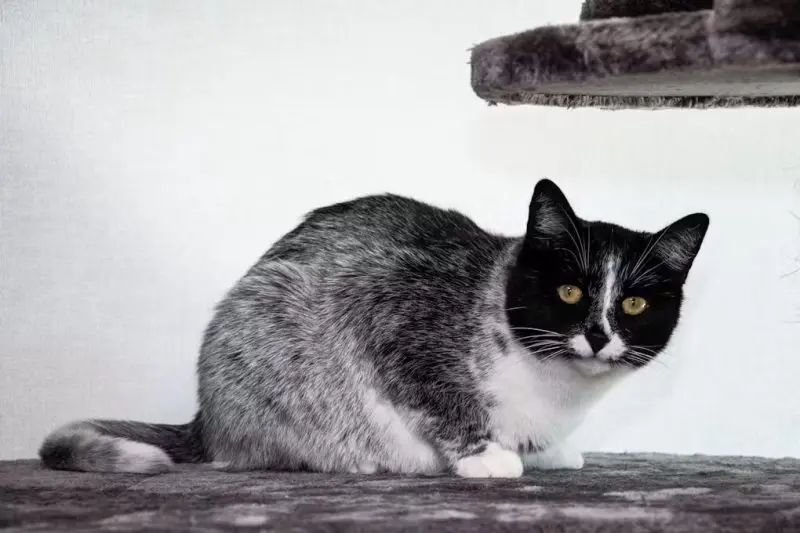After years of research, scientists have finally uncovered the mystery behind this unusual coloration. Salty licorice, or salmiak, is a popular treat in Finland made from the perennial herb licorice or sweet root (Glycyrrhiza glabra). In fact, these oddly colored wild cats were first spotted in central Finland back in 2007. It appeared as though the animals were dressed in tuxedos, with their necks, chests, bellies, and paws gleaming white against a darker backdrop. At first glance, one might wonder what the big deal is. However, a closer look reveals that the color of each hair changes from root to tip. It starts black near the animal’s skin and gradually lightens to white. From a genetic standpoint, this is incredibly intriguing. This is the conclusion reached by a team of researchers from the University of Helsinki, led by Dr. Heidi Anderson from Wisdom Panel, a leading expert in pet DNA.
What the Scientists Discovered
As one might expect, the emergence of this new coloration is due to a genetic mutation. Researchers took on the task of decoding it, as reported by Science Focus. “The discovery of salmiak has enriched our understanding of cat coat genetics. This knowledge could also be valuable for future breeding,” noted Dr. Anderson. During the study, her team found that the KIT gene, which is crucial for producing white coloration in cats, underwent a specific mutation in the case of salmiak. As a result, these fluffy salty licorice cats emerged in the feline world. To reach this conclusion, scientists sequenced the genomes of several cats with this unusual coloration. Later, the team confirmed their findings in an additional 181 cats. Now, these animals, once considered mixed-breed, are officially recognized. Furthermore, scientists previously speculated that salmiak cats were unable to reproduce. However, it turns out that this is not the case; they give birth to healthy offspring. The results of the study were published in the journal Animal Genetics.


